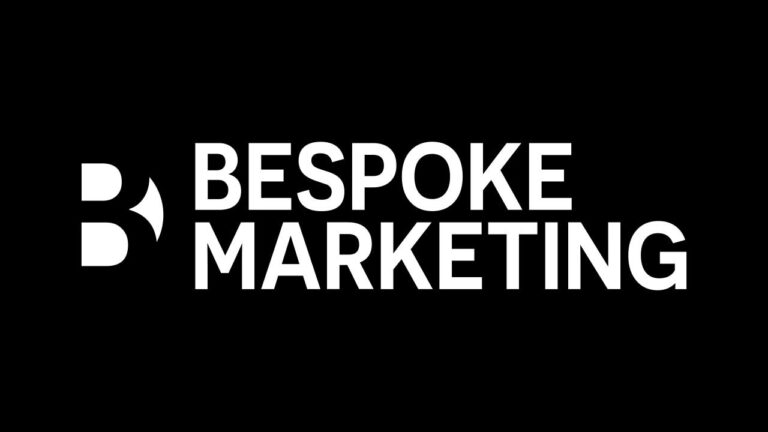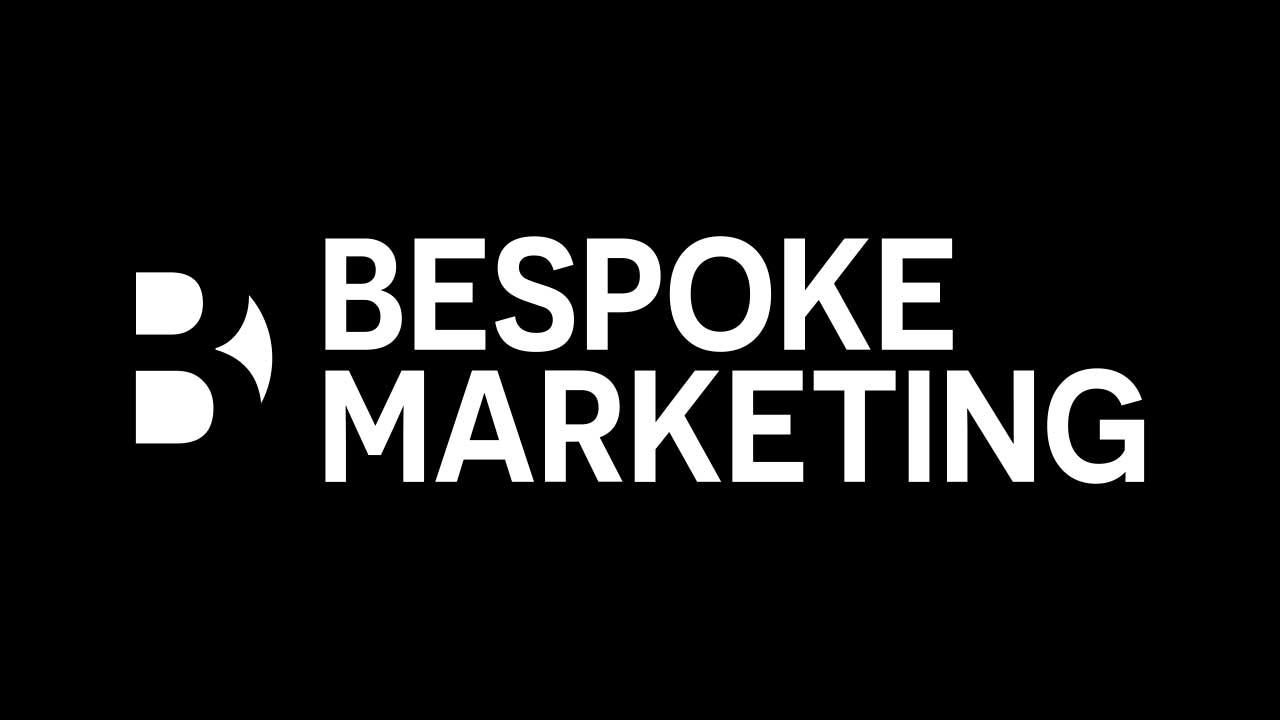A single viral phrase from a social media drama — “That’s too nice!” — has quickly transformed into a full-blown, zero-cost communication movement. Major brands like KFC, Pepsi, Be, and Garena have demonstrated remarkable agility in jumping on this trend, showing that with the right timing, tone, and audience alignment, trends can drive organic brand visibility at scale.
But trend hijacking isn’t a race to be the fastest. It’s a strategic play where timing, cultural relevance, and brand voice need to align seamlessly. Misjudging the tone or context can easily lead to backlash or brand dilution.
At Bespoke Marketing, we view trends not just as fleeting moments of attention — but as powerful tactical tools when brands know how to convert them into meaningful value for both the community and the brand itself.
1. What is Trend Hijacking?
Real-time Trend Hijacking is when a brand leverages a trending topic on social media to create timely, relevant content that taps into the cultural conversation. Done right, it can boost awareness, spark engagement, and—most importantly—embed the brand’s DNA into the ongoing narrative of pop culture.
2. When Should a Brand Use Trend Hijacking?
Not every trend is a good fit for every brand. Before diving in, BSM recommends a strategic lens, guided by four core questions:
- Is the trend relevant to your target audience?
If your brand targets Gen Z or Millennials, it’s worth jumping in. These groups are highly responsive to trend-based content and are natural amplifiers. - Does the trend touch on sensitive cultural or ethical issues?
If it stems from controversy—such as personal drama, violence, or gender issues—pause and evaluate. Missteps here can trigger major backlash. - Is your brand’s tone aligned with the trend?
If your brand already embraces a playful, conversational, or youth-oriented tone, don’t hesitate—capitalize fast. - Can you embed your product or message naturally into the trend?
If the connection feels seamless and authentic, act quickly. Timing is everything—ideally within 24 hours.
3. Strategic Benefits of Trend Hijacking
- Massive organic reach without ad spend
A well-executed trend-based post can garner hundreds of thousands of impressions and interactions, all organically. Being among the first movers or having a creatively sharp execution can amplify your social media presence exponentially. - Humanizes the brand voice
When a brand joins trending conversations authentically, it sheds the corporate mask and becomes part of the culture. To audiences, the brand begins to feel like a friend who’s in on the joke—present, aware, and relatable. - Secures brand recall within pop culture
Strategically leveraging a trend anchors the brand in the public’s memory. Months later, when the trend resurfaces, the brands that aligned themselves well will be the first ones audiences recall—an enduring brand equity win at virtually no cost.
4. The Risks of Poor Trend Execution
- Brand tone misalignment
Each brand owns a distinct voice. For premium, upscale brands, jumping into humorous, Gen-Z-driven trends can cause confusion—or worse, erode long-standing trust and credibility with core customers. - Crossing cultural or ethical lines
Trends rooted in drama, scandal, or controversy require careful handling. A miscalculated post can quickly spiral into a PR crisis, with boycotts, public outcry, or brand damage that outweighs any engagement spike. - Forcing product relevance
Creativity should feel organic. If a brand tries to force a product or promotion into a trend that has no logical connection, the result feels inauthentic—and audiences are quick to call it out as “trying too hard.”
5. Mini Case Studies: Winning with Strategic Trend Hijacking
- KFC – “This chicken is too nice”
KFC nailed the trend with a sleek, black-and-white visual that maintained its brand aesthetic. No celebrity faces, no forced humor—just a clever nod to the viral phrase. The post generated tens of thousands of interactions while preserving the legacy tone of the brand. - Pepsi – Viral meets brand DNA
Pepsi invited a well-known influencer to reenact the phrase “Too nice,” adding entertainment value and youth relevance. The post perfectly reinforced Pepsi’s positioning: cool, fresh, and youth-driven—turning cultural heat into brand affinity.
6. Key Learning
Real-time Trend Hijacking is not just social entertainment—it’s a sharp strategic move. It tests how fast a brand can respond, how well it understands digital culture, and whether it can stay true to its essence amid social noise.
In a digital age where attention spans last seconds, capitalizing on the right trend at the right moment can rival the impact of large-scale paid campaigns. But that doesn’t mean every trend is worth chasing.
Smart brands know the difference between opportunity and emotional bait.
From our experience managing and observing hundreds of real-world cases, BSM strongly recommends that every brand establish a Trend Response Playbook—not to chase every trend, but to ensure that when the right one comes along, the brand responds with confidence, clarity, and control.
Trends can arise from drama, love stories, game shows, or random one-liners. But how a brand enters that conversation determines how it’s remembered: as a culturally in-sync participant—or an awkward outsider. Done right, trend hijacking becomes a powerful catalyst for organic growth. Done wrong, it erodes the brand’s credibility.
At BSM, we believe that trend hijacking isn’t about chasing virality. It’s about showing up at the right moment, with the right message, for the right audience. It’s how brands communicate with cultural depth and strategic responsibility—not through noise, but through nuance.
Not every trend is worth chasing.
But the right trend?
It’s worth millions in reach.
Expolore more: Building a Comprehensive Facebook Ads Funnel for the Electric Vehicle Retail Sector



